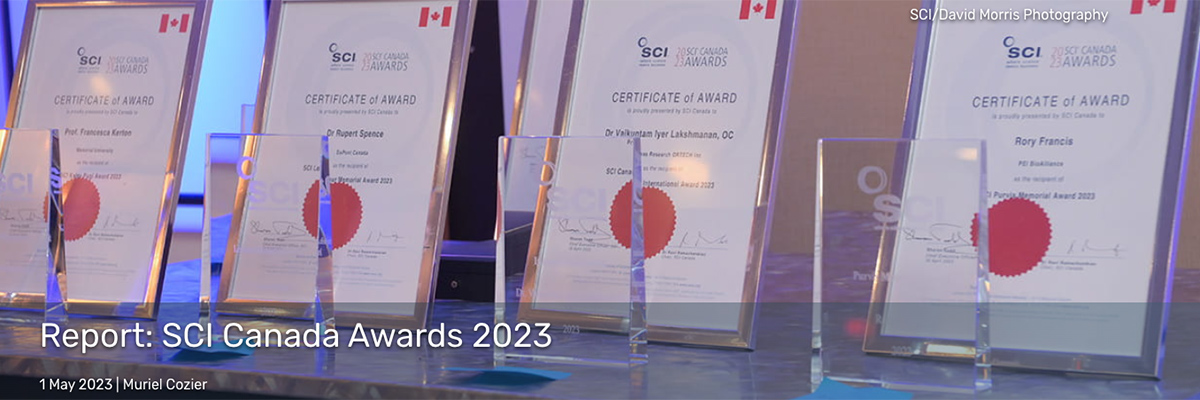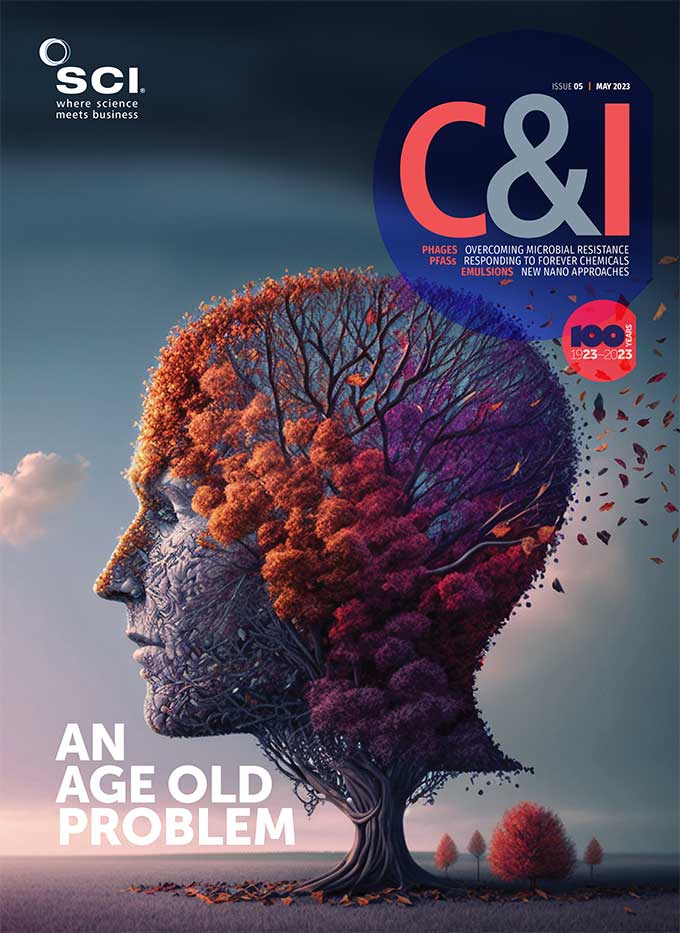Lucy Wright
From robots used for harvesting to systems predicting the best time to sow, artificial intelligence (AI) technology has already been adopted into agricultural practices. However, crop head counting – an important metric for gauging productivity – remains something of a challenge.
This issue has attracted the attention of a team of researchers at the University of Saskatchewan, Canada. They have devised an innovative AI solution and illustrated their idea using wheat head segmentation as an example case. ‘Our approach established – and by a wide margin in performance – a new state-of-the-art model for wheat head segmentation’, says Assistant Professor Lingling Jin, one of the researchers on the team.

Aerial views of wheat are difficult for AI models to interpret.
An aerial photograph of a wheat field taken by a drone contains valuable data for growers, such as the development of the plants and the areas of the field requiring attention. Monitoring such as this is key to precision agriculture, a farming management strategy which relies on data to optimise food productivity. Recent advances in AI have the potential to extend the frontiers of this science.
However, individual grasses are densely packed and often overlapping, creating irregular patterns. These features make it difficult for deep learning models to pick out individual wheat heads. The ideal solution is to train the model using thousands of manually annotated images, in which pixels belonging to crop heads are pre-specified. In practice, this is a time-consuming and tedious method.
A ‘semi-self-supervised approach’ developed by the Saskatchewan researchers involves using a small number of manually annotated images of wheat and pasting ‘cut-outs’ of these into frames taken from background video footage with no wheat. In this way, thousands of synthetic annotated training images can be generated for a deep learning model, with minimal effort. Numerous tests on an open-access dataset revealed impressive gains in accuracy of the model.

Excellence in Canadian science and industry was recently celebrated at the 2023 SCI Canada Awards.
The software for the image-synthesis pipeline is open source, and the researchers hope that this will facilitate the creation of large-scale datasets for other crop species and beyond.
Jin notes: ‘While we showed the utility of the proposed method for wheat head segmentation, it could be applied to other applications that have similar dense repeating patterns of objects, such as segmenting plant organs in other crop species or segmenting molecular components in microscopy images.’





